Definire lo stato della gestione dell'acqua in un'epoca guidata dall'intelligenza artificiale
Il mondo sta assistendo a un aumento della domanda di energia e acqua, guidato principalmente da tecnologie trasformative come l'intelligenza artificiale, nonché da eventi meteorologici estremi e da un'economia in evoluzione.
- Entro il 2030, si stima che la crescita legata all'IA richiederà energia aggiuntiva equivalente al fabbisogno annuale dell'India1 e il quantitativo di acqua pari a soddisfare il fabbisogno annuale di acqua potabile degli Stati Uniti2.
- I data center potrebbero utilizzare più di 1 trilioni di galloni di acqua dolce all'anno entro il 20273.
- Si prevede un divario del 56% tra l'offerta e la domanda di acqua dolce entro il 20304 e la domanda di acqua dolce e si stima che la domanda di acqua aumenterà fino al 30% entro il 20505.
In qualità di leader globale della sostenibilità, Ecolab sta aiutando a risolvere questi problemi idrici. Il nostro studio 2025 fornisce approfondimenti sulle ultime percezioni e preoccupazioni relative all'acqua, guidando le aziende, i governi e le organizzazioni no profit nello sviluppo di strategie efficaci in materia idrica. Comprendere la percezione del pubblico è essenziale per contribuire a definire queste strategie e progredire verso un futuro sicuro dal punto di vista idrico.
Principali risultati dello studio Watermark 2025 di Ecolab
Acqua: i costi nascosti e le opportunità dell'IA
Sebbene molti consumatori riconoscano il notevole consumo energetico dell'intelligenza artificiale, pochi sono consapevoli del suo significativo impatto idrico. Questo divario di consapevolezza è particolarmente evidente nelle regioni Asia-Pacifico, IMEA e America Latina.
Percezione dei consumatori riguardo alla misura in cui ciascuna risorsa è attualmente utilizzata per supportare le operazioni di IA:

China
81% Energia
77% Acqua

IMEA
78% Energia
61% Acqua

America Latina
68% Energia
51% Acqua

Asia-Pacifico
60% Energia
43% Acqua

Europa
59% Energia
46% Acqua

United States
55% Energia
46% Acqua
I dati illustrano le percentuali di accordo:
Le aziende dovrebbero sfruttare l'IA
per un uso responsabile delle risorse naturali
Fiducia nelle aziende per una gestione responsabile del fabbisogno energetico delle operazioni di IA

IMEA
2026
76%
63%

China
2026
72%
77%

America Latina
70%
49%

Europa
2026
54%
37%

Asia-Pacifico
51%
37%

United States
49%
39%

Gestione intelligente dell'acqua: i consumatori vogliono che le aziende riutilizzino l'acqua in modo intelligente
Nonostante la diffusa convinzione dei consumatori che le aziende dovrebbero dare priorità a una gestione intelligente dell'acqua per affrontare la scarsità idrica, sono pochi quelli che ritengono che queste aziende stiano mettendo in pratica con successo soluzioni per il riutilizzo dell'acqua.
Percentuale di consumatori che ritengono che le aziende stiano riducendo, riutilizzando, riciclando, ripristinando e recuperando l'acqua nelle loro attività quotidiane.

United States
43%

Europa
44%

America Latina
48%

Asia-Pacifico
48%

IMEA
67%

China
74%
Esiste un consenso diffuso tra i consumatori a livello globale:
Le aziende devono dare priorità agli investimenti in tecnologie e infrastrutture per rafforzare la resilienza delle risorse idriche.
per salvaguardare le risorse idriche dal cambiamento climatico:

America Latina
84%
85%

IMEA
2026
82%
82%

China
2026
77%
76%

Europa
2026
72%
71%

Asia-Pacifico
71%
70%

United States
68%
67%
Le aziende che dimostrano pratiche responsabili nell'uso dell'acqua possono aspettarsi un forte interesse da parte dei consumatori.
Percentuale di consumatori disposti a
cercare attivamente maggiori informazioni
da queste società:

America Latina
82%

IMEA
2026
78%

China
2026
68%

Asia-Pacifico
61%

Europa
2026
61%

United States
61%
Partnership per l'acqua
Nessuna entità da sola può affrontare i problemi idrici. Stringendo partnership solide, le imprese, i governi e le comunità possono accelerare l'azione coordinata per trovare soluzioni e costruire un futuro resiliente dal punto di vista idrico per tutti.
Nella maggior parte delle regioni, i consumatori ritengono che le aziende (compresi i produttori) e i governi) siano ugualmente responsabili della conservazione dell'acqua. Tuttavia, entrambi continuano a essere criticati per il loro contributo insufficiente rispetto a quello dei privati, delle organizzazioni no profit e delle associazioni ambientaliste.
I dati riportati di seguito illustrano in dettaglio la percezione dei consumatori riguardo quanto ciascuna entità abbia fatto fino ad oggi per risparmiare acqua nel proprio Paese:

America Latina
42% Business
55% Privati
48% Strutture governative
60% Organizzazioni no profit

Europa
2026
45% Business
56% Privati
45% Strutture governative
54% Organizzazioni no profit

United States
47% Business
58% Privati
48% Strutture governative
56% Organizzazioni no profit

Asia-Pacifico
2026
48% Business
49% Privati
46% Strutture governative
50% Organizzazioni no profit

IMEA
2026
63% Business
69% Privati
79% Strutture governative
67% Organizzazioni no profit

China
2026
80% Business
79% Privati
84% Strutture governative
79% Organizzazioni no profit
Nonostante i problemi idrici a livello globale, i consumatori mostrano un notevole ottimismo riguardo alla nostra capacità di affrontarli.
Una schiacciante maggioranza - oltre il 60% dei consumatori in ogni regione - ritiene che la scarsità idrica
possa essere affrontata in modo efficace.
La misura in cui i consumatori
concordano sul fatto che la scarsità idrica
possa essere affrontata in modo efficace:

America Latina
84%

IMEA
2026
83%

China
2026
73%

United States
67%

Europa
2026
66%

Asia-Pacifico
61%
Eventi meteorologici estremi
I consumatori ritengono che i cambiamenti climatici e l'aumento dei disastri naturali aggravino lo stress idrico,
con conseguenti problemi sia in termini di disponibilità che di qualità dell'acqua.
Percentuale di consumatori che collegano il cambiamento climatico al peggioramento dello stress idrico:

IMEA
2026
81%

China
2026
80%

America Latina
79%
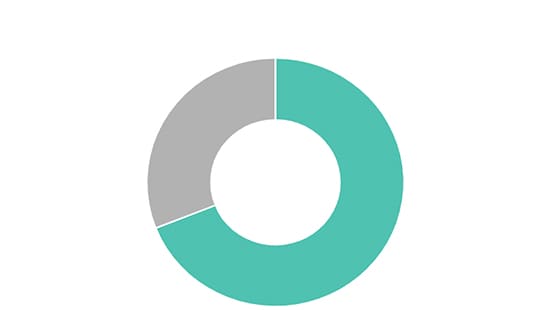
Asia-Pacifico
2026
69%

Europa
2026
69%

United States
65%
I consumatori chiedono chiaramente un intervento sul cambiamento climatico, riponendo grandi aspettative
sia nella leadership aziendale che in quella governativa.
Percentuale di consumatori che ritengono
molto importante che i governi e e le imprese diano priorità agli sforzi volti a ridurre
l'impatto del cambiamento climatico:

America Latina
87%
88%

IMEA
2026
81%
81%

China
2026
76%
77%

Europa
2026
71%
71%

Asia-Pacifico
70%
69%

United States
67%
67%
Tendenze annuali significative
Poiché l'accesso all'acqua pulita e sicura continua a essere una questione globale di fondamentale importanza, il livello di preoccupazione dei consumatori è degno di nota.
Livello di preoccupazione dei consumatori riguardo all'acqua pulita e sicura, suddivisi per regione:
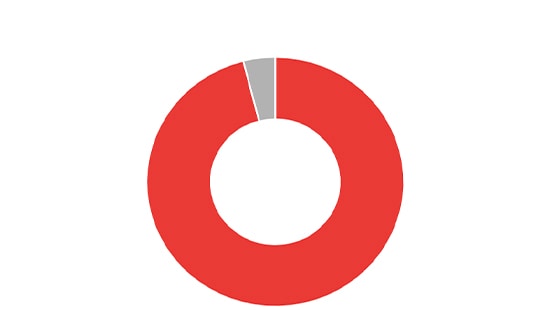
China
2026
96%
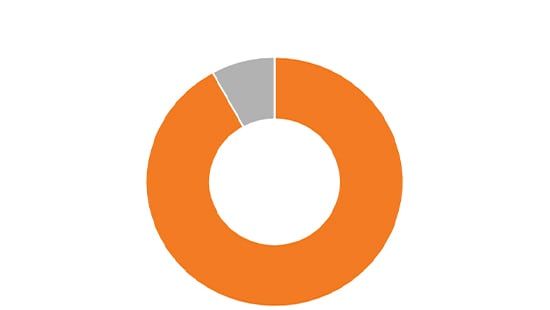
America Latina
92%

United States
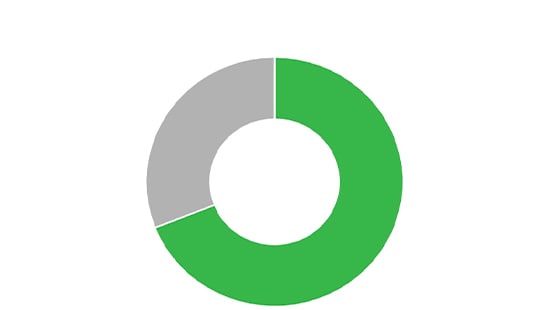
Europa
2026
69%

IMEA
2026
67%
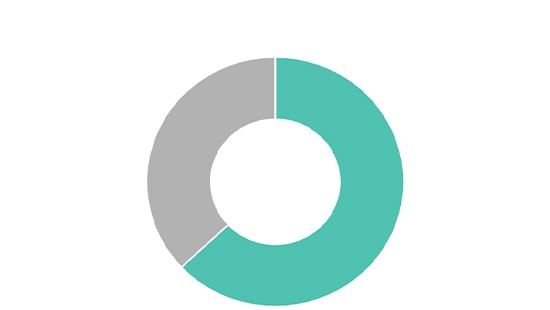
Asia-Pacifico
2026
63%
I consumatori della maggior parte delle regioni identificano costantemente l'agricoltura e
la produzione di alimenti e bevande come le industrie maggiormente responsabili del consumo idrico.
Agricoltura
Alimenti e bevande

IMEA
2026
52%
37%

America Latina
48%
44%

Asia-Pacifico
47%
36%

Europa
2026
47%
33%

United States
43%
31%

China
2026
29%
28%
Migliorare la gestione dell'acqua
Da oltre 100 anni, Ecolab lavora per proteggere le risorse vitali dando priorità alla gestione dell'acqua nelle nostre attività e in quelle dei nostri clienti. In oltre 40 settori in tutto il mondo, Ecolab aiuta le aziende a rispondere ai problemi idrici e climatici riducendo al minimo l'utilizzo di acqua nei processi critici. Aiutiamo i nostri clienti a ottenere un impatto duraturo e un ritorno esponenziale sugli investimenti (eROI) allineando gli obiettivi di clima, acqua e crescita aziendale.
Le nostre soluzioni
Con più di un bilione di galloni d'acqua gestiti ogni anno, Ecolab combina Connected Chemistry™
con approfondimenti digitali ed esperienza nel settore, per promuovere la sostenibilità e la crescita in tandem.
Scopri di più su come Ecolab può aiutarti ad adottare un approccio intelligente alla gestione dell'acqua nelle tue attività.

Identifica le opportunità con lo Smart Water Navigator
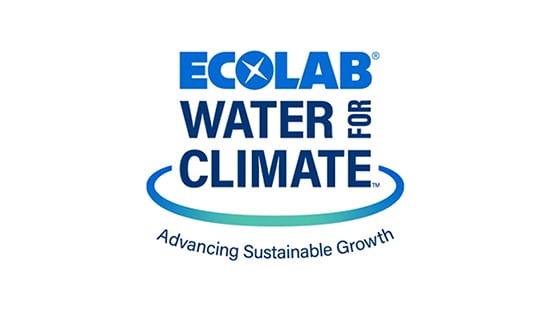
Adotta un approccio aziendale con Ecolab Water for Climate™

Gestisci le performance idriche con la tecnologia 3D TRASAR™
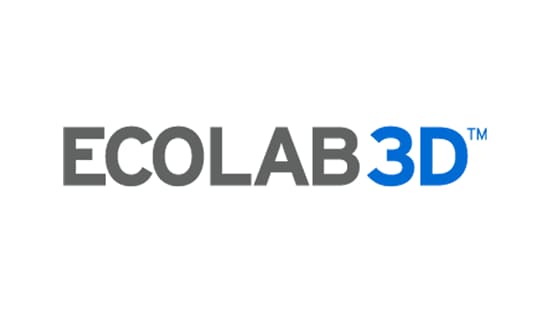
Visualizza gli approfondimenti con i servizi digitali ECOLAB3D™
I nostri progetti
Quando si affronta la resilienza idrica, le imprese possono prosperare. I seguenti case study evidenziano come Ecolab aiuta a ottenere un impatto positivo sugli obiettivi aziendali, idrici e climatici dei nostri clienti:
Le nostre partnership
Le nostre partnership con organizzazioni non governative (NGO) di primo piano hanno rafforzato la nostra comprensione e capacità di impatto sulle sfide globali affrontate dal settore, dai clienti e dalle comunità. Essi includono:
- Bloomberg Law, "AI Computing on Rate to Consume espandi Energy Than India, Arm Says", aprile 2024: news.bloomberglaw.com/artificial-intelligence/ai-computing-on-pace-to-consume-more-energy-than-india-arm-says↵
- Analisi di Ecolab dei dati a cura di Lei, N., & Masanet, E. (2022) e Goldman Sachs (2024)↵
- Making AI Less "Thirsty": Uncovering and Addressing the Secret Water Footprint of AI Models: www.goldmansachs.com/insights/articles/AI-poised-to-drive-160-increase-in-power-demand e TIME, "How AI Is Fueling a Boom in Data Centers and Energy Demand": time.com/6987773/ai-data-centers-energy-usage-climate-change/↵
- World Resource Institute: “Setting Enterprise Targets: Modeling Downstream Water Use and Consumption”: Setting Enterprise Targets: Modeling Downstream Water Use and Consumption | World Resource Institute↵
- World Resource Institute, “Securing Freshwater for All”: www.wri.org/freshwater↵


